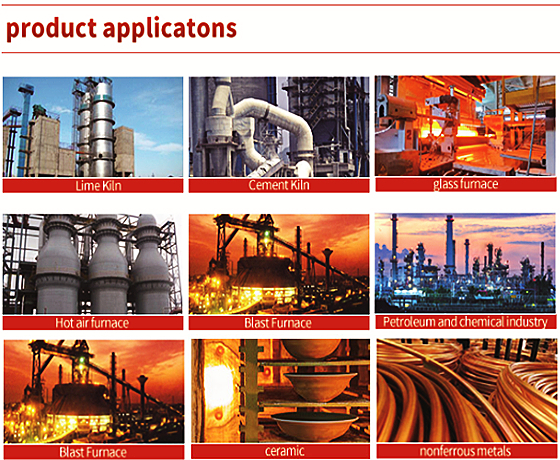





Scrap Metal Shredding Line(metal shredding machine) is a treatment of non-ferrous metal and aluminum waste. The aim is to obtain homogeneous materials differentiated by type and size for the subsequent transformation phases in the iron and steel industry. The correct preparation of the scrap in terms of quality and size increases the added value of the metal recycling plants.
Scrap metal recycling production line: a must for resource recycling


Today, with resources becoming increasingly scarce and environmental awareness constantly improving, the importance of scrap metal recycling is becoming more and more prominent. As the core equipment to achieve this goal, the scrap metal recycling production line is playing a key role. It can convert waste metal into reusable resources, reduce dependence on primary mineral resources, and reduce energy consumption and environmental pollution.

The following is an introduction to our factory's metal recycling production line:
1. Principle
The scrap metal recycling production line uses a variety of physical and mechanical methods to process different types of scrap metals. First, the large pieces of scrap metal are initially crushed by a shredder to reduce their size for subsequent processing. Then, the crusher further refines the material, using high-speed rotating knives or hammers and other components to forcefully strike and shear the scrap metal into smaller particles or fragments. During the crushing process, some coatings and impurities on the surface of the scrap metal will be removed. Subsequently, the crushed material is transported to the magnetic separator through a vibrating discharging machine, and the ferromagnetic material is separated from other non-magnetic materials by magnetic force to achieve preliminary metal classification. For non-ferrous metals, eddy current separators and other equipment can be used to further separate and purify the metals according to their characteristics in an alternating magnetic field.

II. Equipment composition
1. Shredder: As the front-end equipment of the production line, it is used to process large and irregularly shaped scrap metals. It has a strong shear force and can easily tear scrap car shells, large metal structural parts, etc. into smaller pieces, reducing the pressure on the subsequent crushing process. For example, a double-shaft shredder can achieve efficient shredding for scrap metals of different materials by adjusting the tool gap and rotation speed.
2. Crusher: It is one of the core equipment of the production line and is responsible for further refining the shredded scrap metal. Common ones include hammer crushers and double-roll crushers. Hammer crushers use high-speed rotating hammers to hit scrap metals to break them, which is suitable for scrap metals with higher hardness; double-roll crushers use two relatively rotating rollers to squeeze and grind the materials, which can produce products with more uniform particle size, and are often used to process softer or scrap metals with higher particle size requirements.
III. Applicable materials
The application scope of the scrap metal recycling production line is extremely wide. It covers scrap car bodies (excluding engines, gearboxes, tires, etc.), which contain a large amount of recyclable metals such as steel and aluminum alloys; tinplate, such as color steel tiles, iron barrels, cans, etc., these thin metal products can be efficiently recycled through the production line; home appliances (excluding motors, compressors, shafts, etc.), which contain a variety of non-ferrous metals and ferrous metals; bicycles, truck fences and similar household waste; cans, such as paint barrels, oil barrels, chemical barrels, etc.; other scrap steel, such as blocks with a density of less than 0.6, steel plates with a thickness of ≤5mm, steel sections, steel structures, etc. Whether it is scrap metal scraps generated by industrial production or scrap metal items in daily life, they can be properly handled and recycled on this production line. ,

IV. Advantages
1. High recovery rate: Through advanced crushing, sorting technology and equipment combination, various useful components in scrap metal can be recovered to the maximum extent, improving resource utilization. Taking the recycling of scrapped cars as an example, the steel, aluminum, copper and other metals can be efficiently separated and recycled, and the recovery rate can reach more than 90%.

V. Application fields
1. Scrap recycling companies: Scrap recycling companies collect a large amount of scrap metal every day, and use the scrap metal recycling production line for centralized processing. They classify and recycle different types of scrap metal, improve the recycling value, and increase the economic benefits of the enterprise. At the same time, the treatment method that meets environmental protection requirements also helps the enterprise establish a good social image.
2. Steel mills: Steel mills can use this production line to process scrap steel and other raw materials. After crushing and sorting, the recycled scrap steel is put back into the steelmaking furnace as a raw material supplement for steelmaking, reducing dependence on primary resources such as iron ore, saving production costs, and reducing energy consumption and carbon emissions in the steel production process.
3. Metal smelting enterprises: For professional metal smelting enterprises, scrap metal recycling production lines are an important way to obtain high-quality raw materials. By recycling and processing various scrap metals, high-purity non-ferrous metals and rare metals are extracted to meet the needs of enterprises to produce high-end metal products and enhance the competitiveness of enterprises in the market.
The scrap metal recycling production line plays an irreplaceable role in promoting resource recycling and promoting economic sustainable development with its efficient resource recycling capabilities, environmentally friendly treatment methods and wide application fields. It is an important equipment support for achieving green development and building a resource-saving and environmentally friendly society, and provides an effective solution to the problems of resource shortage and environmental pollution. Whether from the current economic benefits or the long-term social and environmental benefits, investing in and promoting scrap metal recycling production lines has important practical significance and broad development prospects.






